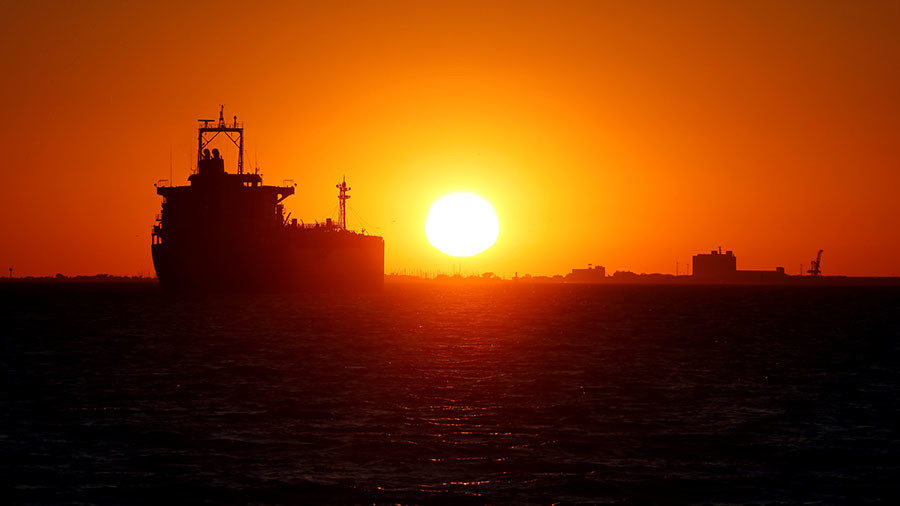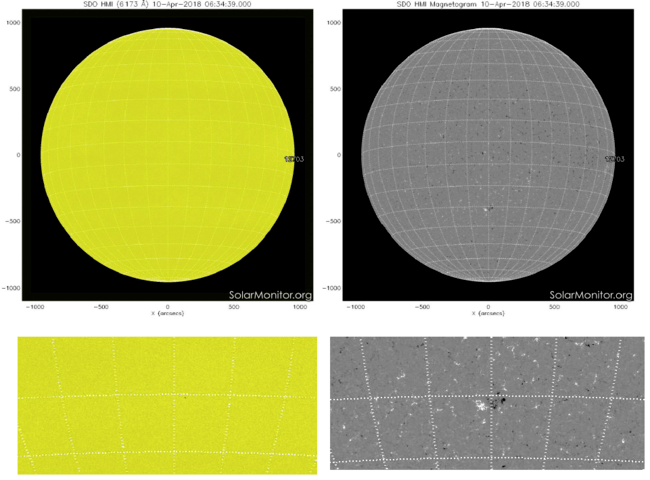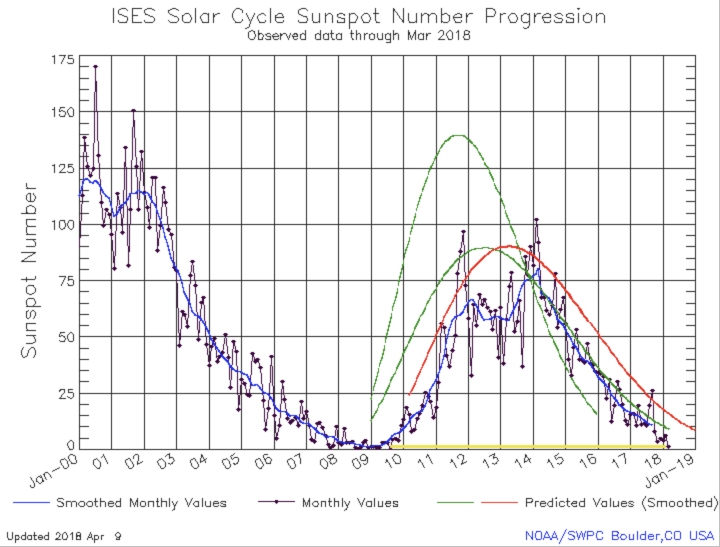Evidence of a Cycle 25 sunspot found
In our previous post: Solar activity crashes - the Sun looks like a cueball,
Our resident solar physicist, Dr. Leif Svalgaard commented and provided a link to something reported by his colleagues, something that likely would not have been possible without the fantastic solar observations of NASA's Solar Dynamic Observeratory (SDO). He said:
Cycle 25 has already begunIt seems a small sunspot has been observed, that has the opposite polarity of cycle 24 sunspots.
http://sprg.ssl.berkeley.edu/~tohban/wiki/index.php/A_Sunspot_from_Cycle_25_for_sure
It looks to me that SC25 will be a bit stronger than SC24, so probably no Grand Minimum this time
http://www.leif.org/research/Prediction-of-SC25.pdf
http://www.leif.org/research/comparative-study-solar-prediction.pdf
(ignore the 2014 in the top line - it is just a place holder).
From the first link at Berkeley, Tomek Mrozek and Hugh Hudson write:
This brief Nugget simply announces that YES, we really have seen Cycle 25 [sunspot activity]. An earlier Nugget hinted at this, but it was not so clear a case as presented by today's new tiny sunspot. Why is this interesting? It's because spots appearing this early in a cycle - even before a minimum is well established - are quite rare. We could speculate that solar minimum may arrive early and/or may be brief, more evidence regarding the seemingly stochastic component of the development of the solar magnetic cycle.Robert Zimmerman, in our previous story, noted this:
The Cycle 25 Sunspot
At the time of writing, NOAA has not identified this new sunspot with an official active-region number, and so there could be some things to quibble about. But the magnetic polarity of the region unmistakeably identifies it as a piece of the new cycle, because it reverses the polarity expected for Cycle 24 regions.
Figure 1 here shows the new spot as of this date (10-April-2018). It is marginally detectable but definitely there in relatively crude 1024×1025 .gif versions of the beautiful data from the SDO space observatory.It requires a bit of patience to see the spot; refer to the location of the magnetic features and perhaps dither the window on your browser screen. The icon for this Nugget on the parent page here has a slightly better view derived from a 4096×4096 image.© SDO space observatoryFigure 1: File images from the HMI instrument on SDO: left, the continuum intensity; right, the telltale magnetic field. From the latter one can see black polarity to the right (“preceding”, as the Sun rotates). This is the opposite of that shown, for example, by the exceedingly tiny region at about -5 degrees.
Conclusion
This sunspot has been tabulated in the excellent SOLEN page of Jan Alvestad. The Nugget-writers here thank him for his thorough monitoring of solar activity, and also thank Leif Svalgaard for paying close attention as well.
If the solar minimum has actually arrived now, this would make this cycle only ten years long, one of the shortest solar cycles on record. More important, it is a weak cycle. In the past, all short cycles were active cycles. This is the first time we have seen a short and weak cycle since scientists began tracking the solar cycle in the 1700s, following the last grand minimum in the 1600s when there were almost no sunspots.We'll be watching for "official confirmation", but if Dr. Svalgaard says Cycle25 has happened, it is almost certain to be true. Now comes the waiting to find out if Cycle 25 is going to be a strong or weak cycle.






Comment: This is important, because whatever the sun does will affect Earth's climate. See: